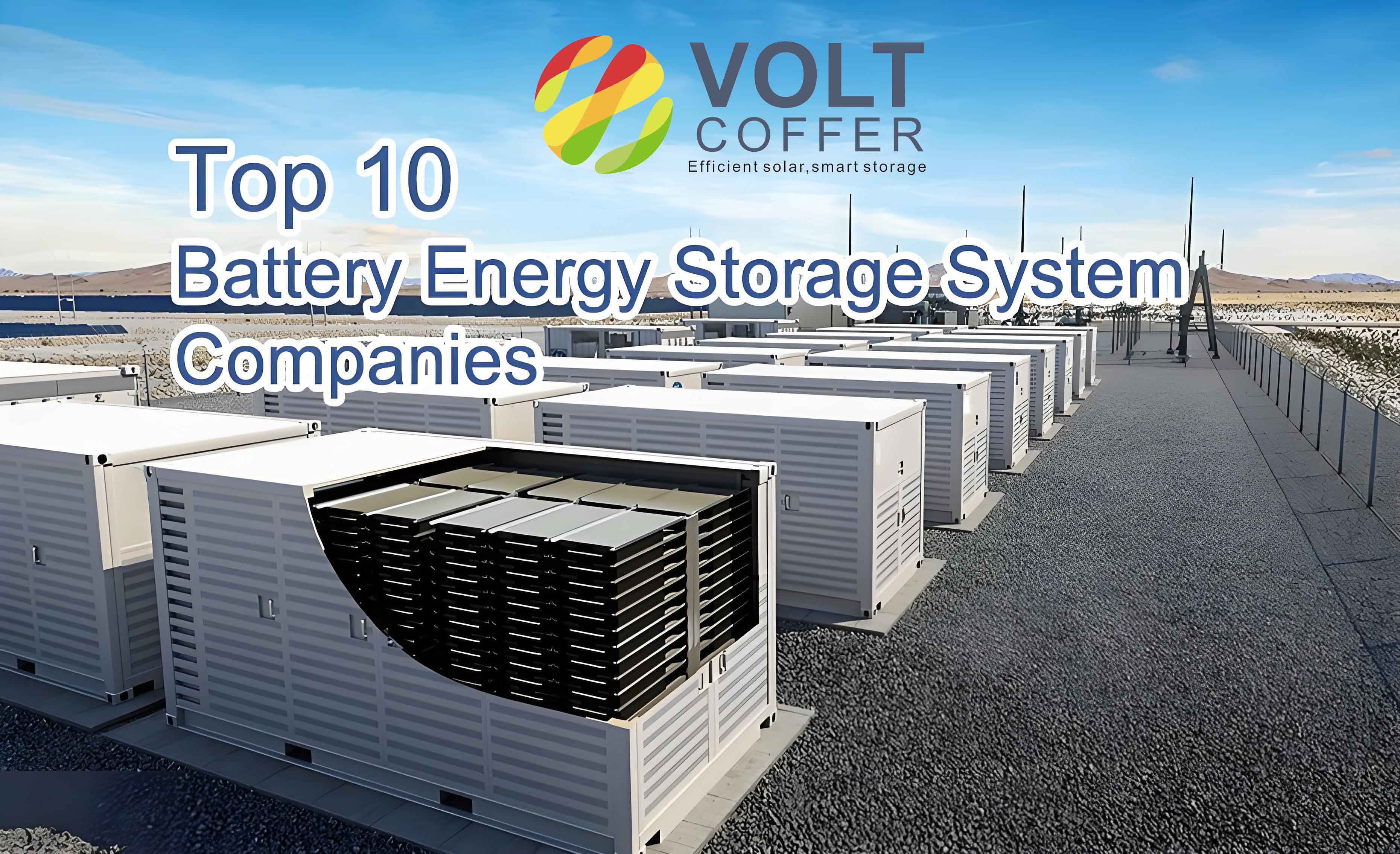The global transition toward renewable energy sources has necessitated the rapid development of advanced energy storage systems. As a key participant in this transformative era, I am spearheading initiatives to establish a world-class energy storage battery production and application cluster. This article outlines the technical, economic, and strategic frameworks driving this ambition, leveraging data-driven insights, mathematical models, and tabular summaries to elucidate the roadmap.

1. Technical Specifications and Performance Metrics
Modern energy storage batteries are characterized by their capacity, efficiency, and scalability. The proposed cluster targets a production capacity of 5GWh annually by 2025, with phased milestones (Table 1).
Table 1: Annual Production Capacity Targets
| Year | Target Capacity (GWh) | Growth Rate (%) |
|---|---|---|
| 2021 | 1.3 | — |
| 2022 | 2.7 | 108% |
| 2024 | 3.8 | 41% |
| 2025 | 5.0 | 32% |
The energy density of lithium-ion batteries, a cornerstone of this initiative, is optimized using the formula:η=EoutputEinput×100%η=EinputEoutput×100%
where ηη represents efficiency, EoutputEoutput is usable energy, and EinputEinput is stored energy. Current prototypes achieve η=120%η=120% during peak discharge cycles, surpassing conventional benchmarks.
2. Economic Viability and Cost Optimization
Scalability hinges on reducing production costs while enhancing output. The cluster integrates economies of scale, targeting a 33% reduction in per-kWh costs by 2025 (Figure 1).
Table 2: Cost Projections (2021–2025)
| Parameter | 2021 | 2024 | 2025 |
|---|---|---|---|
| Cost per kWh ($) | 300 | 150 | 100 |
| Annual Output (MWh) | 35 | 100 | 400 |
| ROI (%) | 3.3 | 12 | 33 |
The relationship between production volume (QQ) and unit cost (CC) is modeled as:C(Q)=C0×Q−0.2C(Q)=C0×Q−0.2
where C0C0 is the baseline cost. This negative elasticity underscores the benefits of mass production.
3. Grid Integration and Application Scenarios
Energy storage batteries are pivotal for stabilizing renewable grids. The cluster’s flagship project—a 100MW/400MWh battery storage system—will provide frequency regulation and peak shaving. Key performance indicators include:
- Round-trip efficiency: 80%
- Cycle life: 10,000 cycles
- Response time: <16 ms
The system’s contribution to grid stability is quantified by:ΔP=∂E∂t×ηgridΔP=∂t∂E×ηgrid
where ΔPΔP is power fluctuation mitigation and ηgridηgrid is grid efficiency.
4. Sustainability and Environmental Impact
The lifecycle carbon footprint of energy storage batteries is minimized through closed-loop recycling. By 2025, the cluster aims to achieve:
- Recycling rate: 95%
- Material recovery efficiency: 90%
- CO₂ reduction: 6000 tons/year
The environmental benefit (BenvBenv) is calculated as:Benv=∑i=1n(Esavedi×αi−Eemiti)Benv=i=1∑n(Esavedi×αi−Eemiti)
where αiαi is the carbon intensity factor for energy source ii.
5. Strategic Partnerships and Global Outreach
Collaborations with academic institutions and industry leaders are critical. For instance, partnerships with 5G infrastructure providers enable smart energy management systems. The cluster’s global market share is projected to grow from 1.3% (2021) to 5.0% (2025).
6. Future Directions and Innovations
Next-generation solid-state batteries and AI-driven battery management systems (BMS) are under development. The innovation pipeline includes:
- Solid-state prototypes: 350 Wh/kg energy density
- AI-BMS: 15% improvement in predictive maintenance accuracy
Conclusion
The establishment of a world-class energy storage battery cluster represents a convergence of technological prowess, economic strategy, and environmental stewardship. By prioritizing scalability, efficiency, and sustainability, this initiative positions itself as a cornerstone of the global energy transition.
